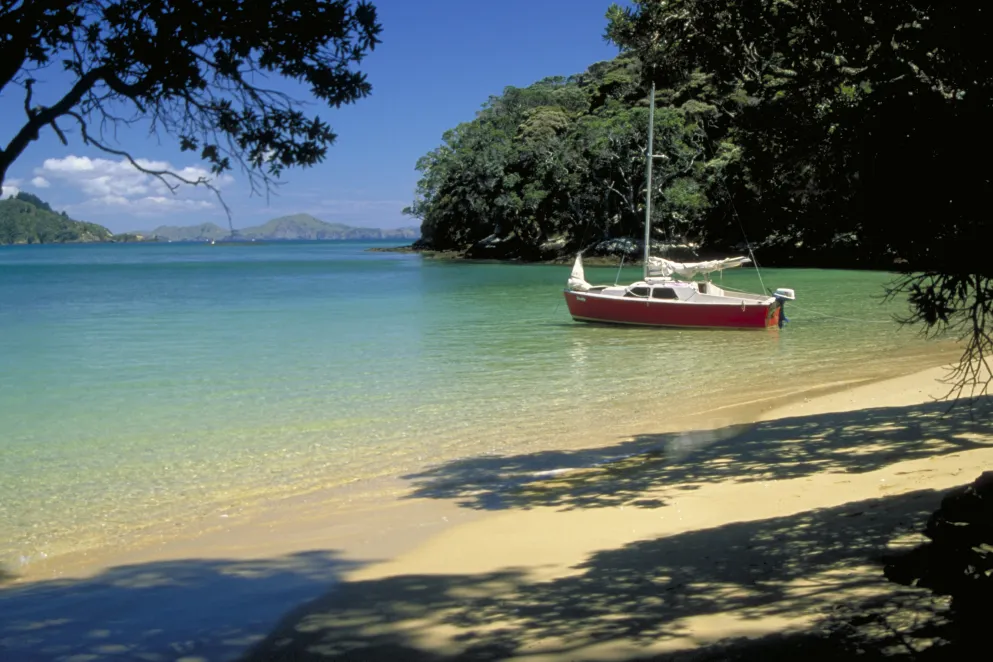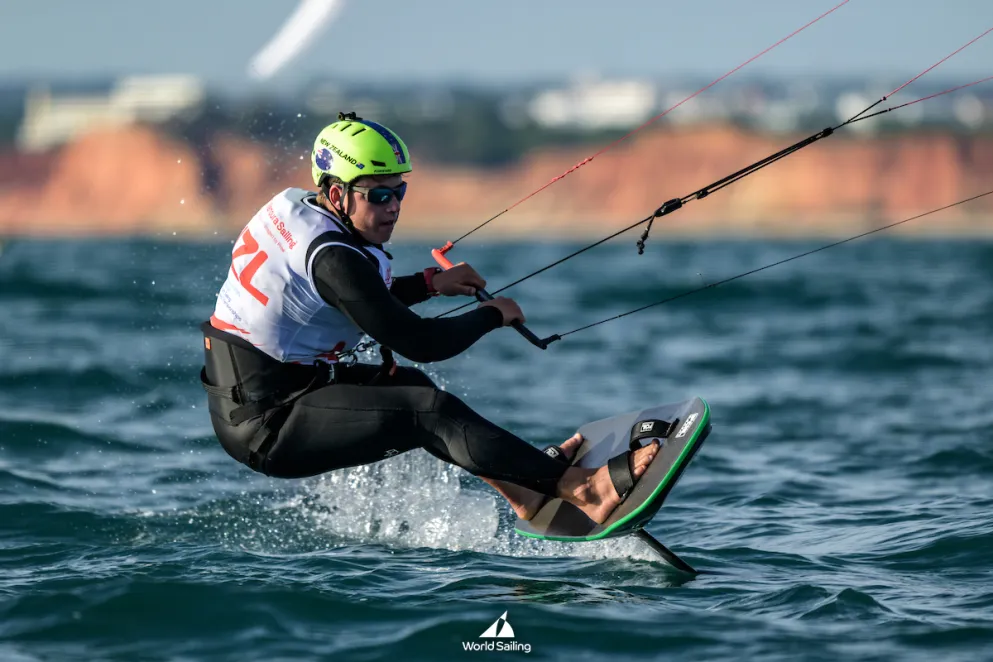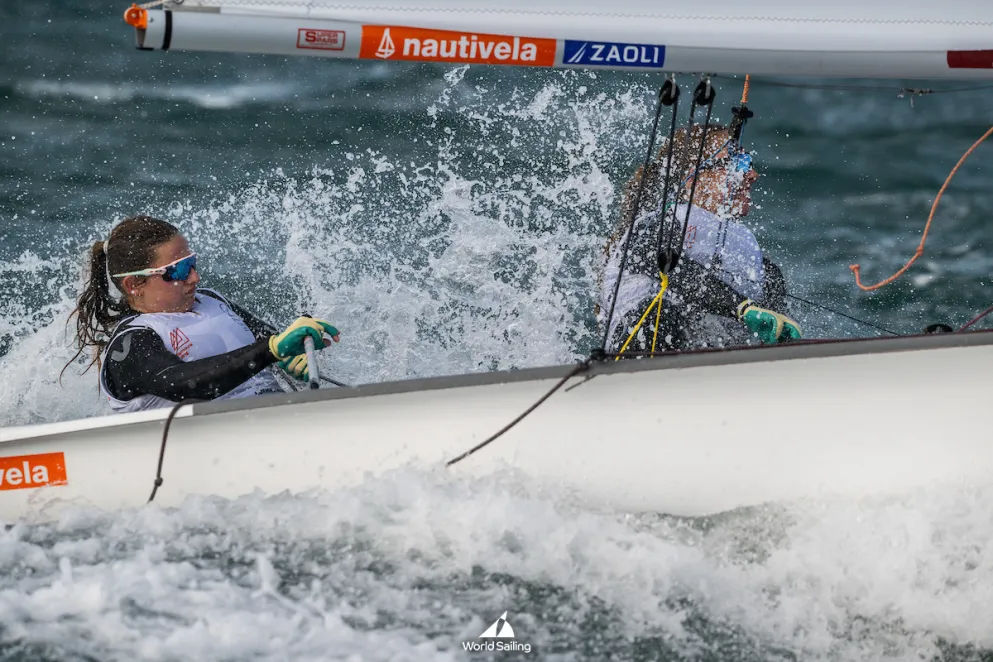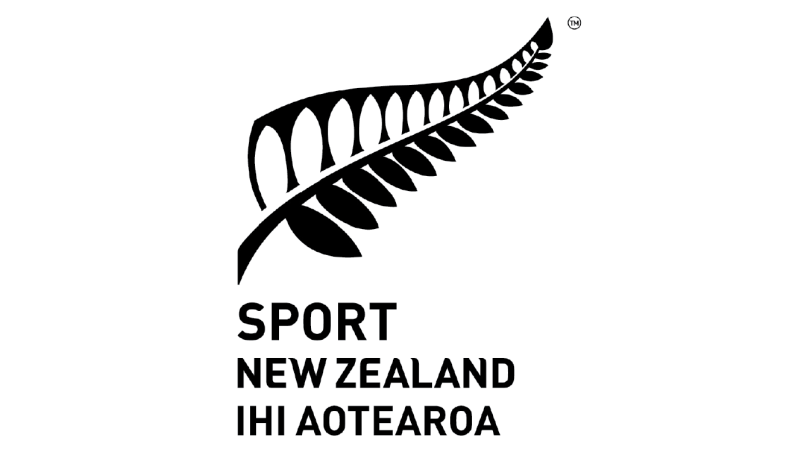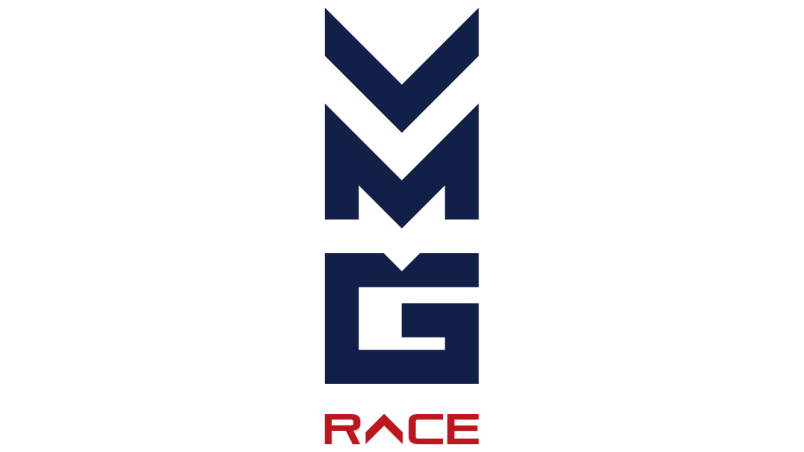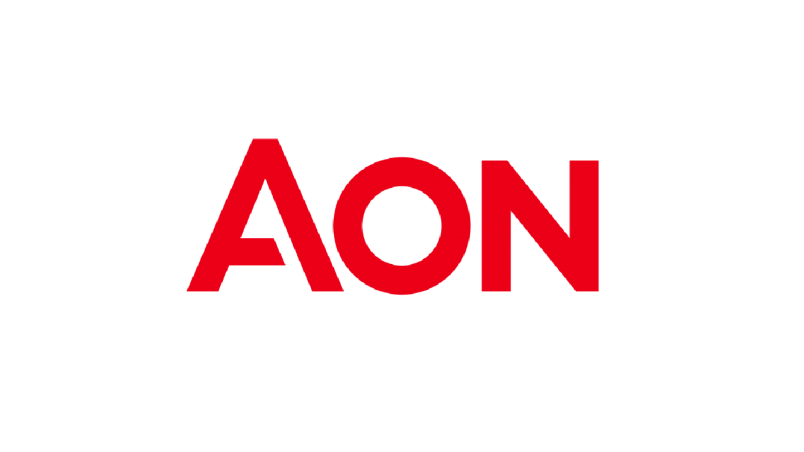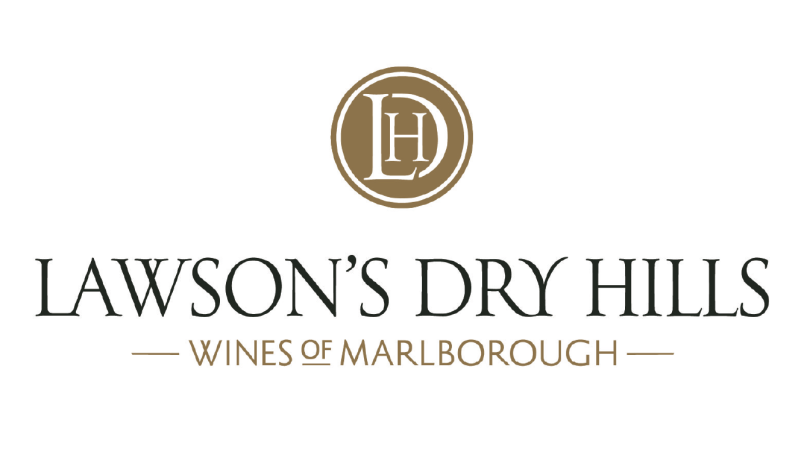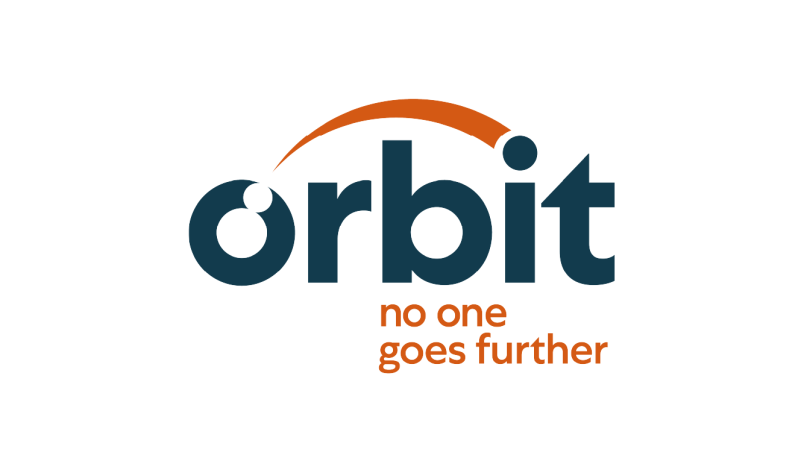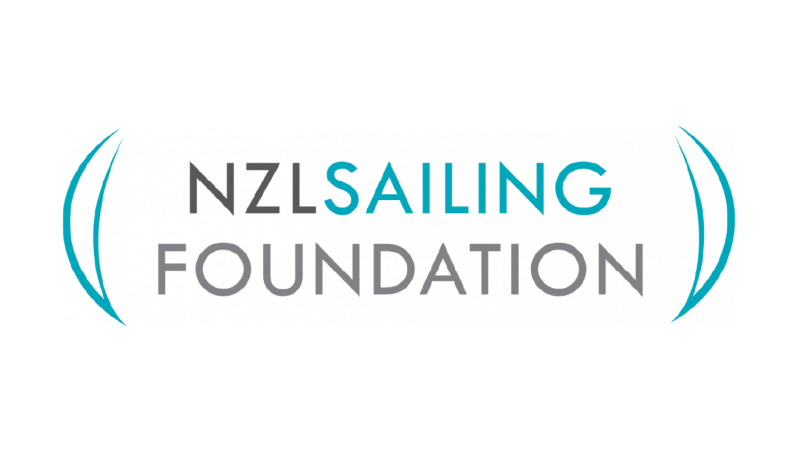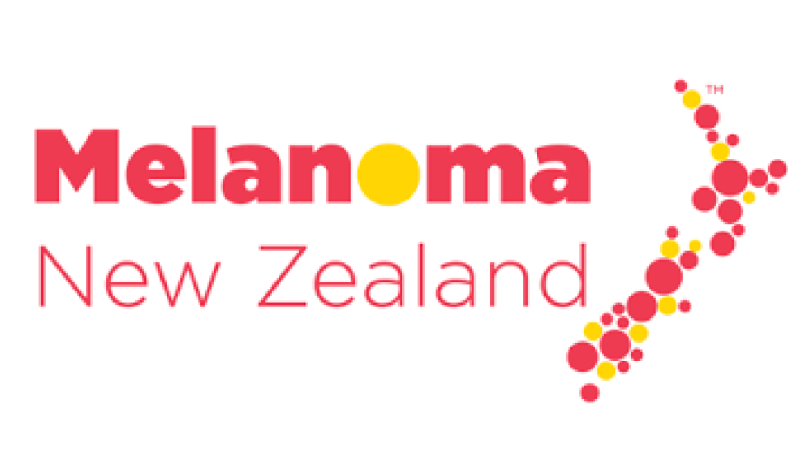Cruising restrictions for NZ boaties this Summer
As cruisers, we are subject to many rules and restrictions: where we can drop our anchor, where to empty tanks and take our pets, and rules around biofouling. While the rules are there for good reason, it’s tough to keep track of it all.
The exotic seaweed Caulerpa has made it even more difficult for those cruising the Hauraki Gulf and Mercury Islands in particular.
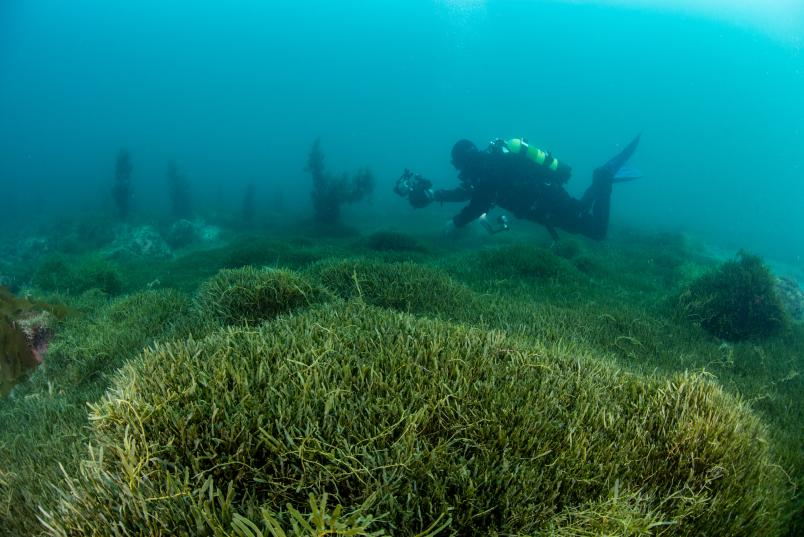
Biosecurity New Zealand tell us the main point regarding this invasive seaweed is to check your anchor, chain and fishing gear in case there’s weed on board. If you see any seaweed on your equipment, chuck it straight back in the area it came from. That way, you don’t have to be an expert at identifying Caulerpa and you’ll avoid taking it to a new location.
There are also anchoring restrictions in place. This is still an evolving situation and the rules are changing so this is what we suggest you check up on before you head off:
- If you are visiting Aotea Great Barrier or Ahuahu Great Mercury Island please make sure you know the locations where Caulerpa has been found and that you are clear on the rules before you go. Visit biosecurity.govt.nz/Caulerpa for the latest up to date information.
- If you are cruising anywhere in the country, also make sure you have noted the biofouling rules for the region. These are on the council websites and there is a list of them on marinepests.nz. If rules aren’t in place, it’s still a great idea to have a clean boat free of biofouling. You’ll get more fuel efficiency too.
- If you are visiting any marina in Northland, you will need to take a little extra care as they observe the ‘6 or 1’ rule. This means either an antifoul within the previous six months, or a lift-and-wash within one month of leaving an area infected with marine pests. We recommend you check in with the marina operator before you arrive, to make sure you have everything you need. Photos and videos from your latest clean is handy evidence to prove that no pests are onboard.
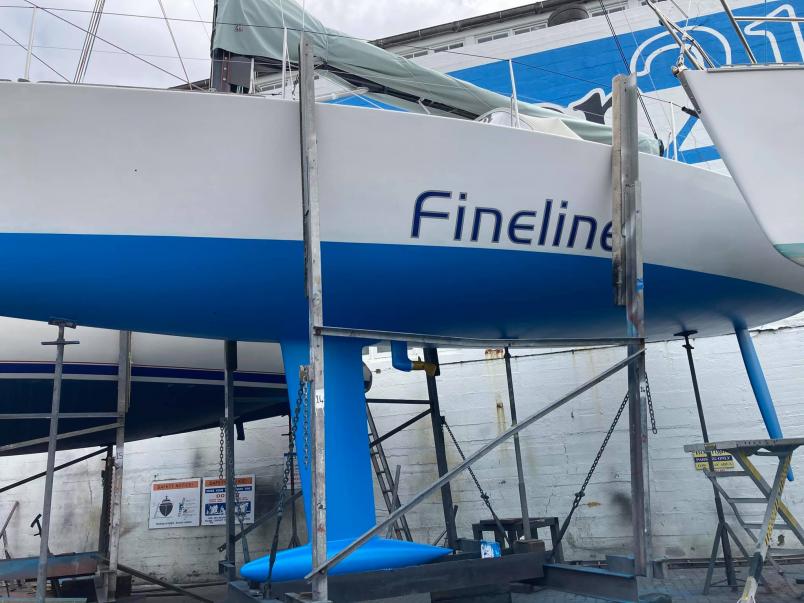
The team behind ‘Clean Below? Good to Go’ tell us that the regions are working towards clearer, more consistent rules, but for now each region you visit will have a slightly different approach. They are working hard to educate boaties and to make sure we know what we need to do, and to help, they have recently launched a new website to make this info clearer for cruisers. Take a look at www.marinepests.nz before you head off.
Remember, the rules are only there to stop the spread of marine pests. While it’s definitely challenging to navigate, it’s better to have a clean hull than to be responsible for carrying a nasty pest, whether that is exotic Caulerpa, Mediterranean fanworm or something even worse to a new place. We’re all working hard to protect and restore the ocean. The last thing our coastlines need is new and more regular incursions of marine pest species.
Pest Free Hauraki Gulf
It's useful for cruisers to also note the pest free islands in the Hauraki Gulf. The Pest Free Islands in the Hauraki Gulf provides a haven for some of our most endangered animals and plants, including sea birds, tuatara and takahē. Our Pest Free Hauraki Gulf campaign ensures we all play our part to guard these specials places.
- Check your vessel and gear for pests before you leave the mainland.
- If you're a commercial operator, make sure to get a Pest-free Warrant.
For more information click HERE.
Bay of Islands Marine Mammal Sanctuary
In addition to cruising restrictions due to Caulerpa, cruisers heading to the Bay of Islands in particular need to be aware of the Marine Mammal Sanctuary which has been put in place to protect marine mammals.
The sanctuary has three key restrictions for users of the Bay of Islands:
- No one is allowed in the water within 300 m of a marine mammal.
- No vessel to approach within 300 m of marine mammals – if your vessel breaches the 300 m rule for a marine mammal you must stop. You must remain stopped until any marine mammals are at least 300 m away.
- You must travel 5 knots or less at all times while within the marine mammal safe zones.
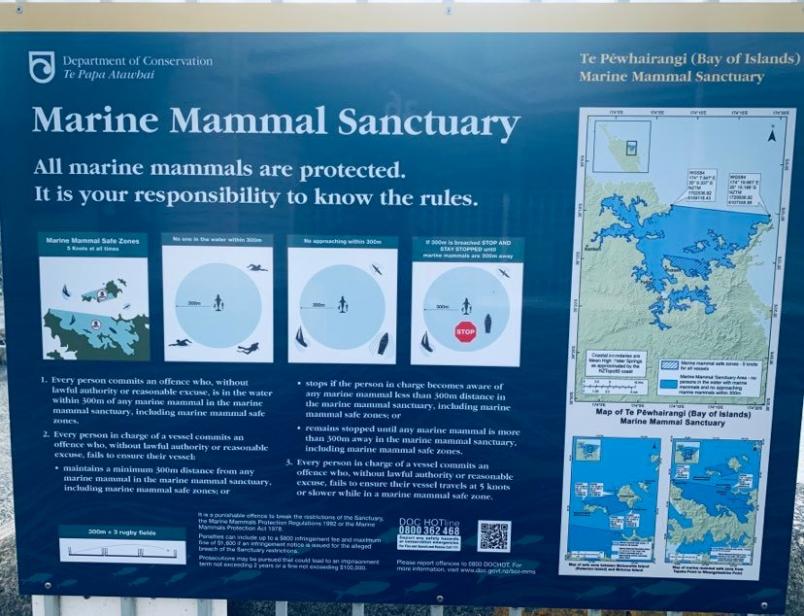
Find out more about this here.
